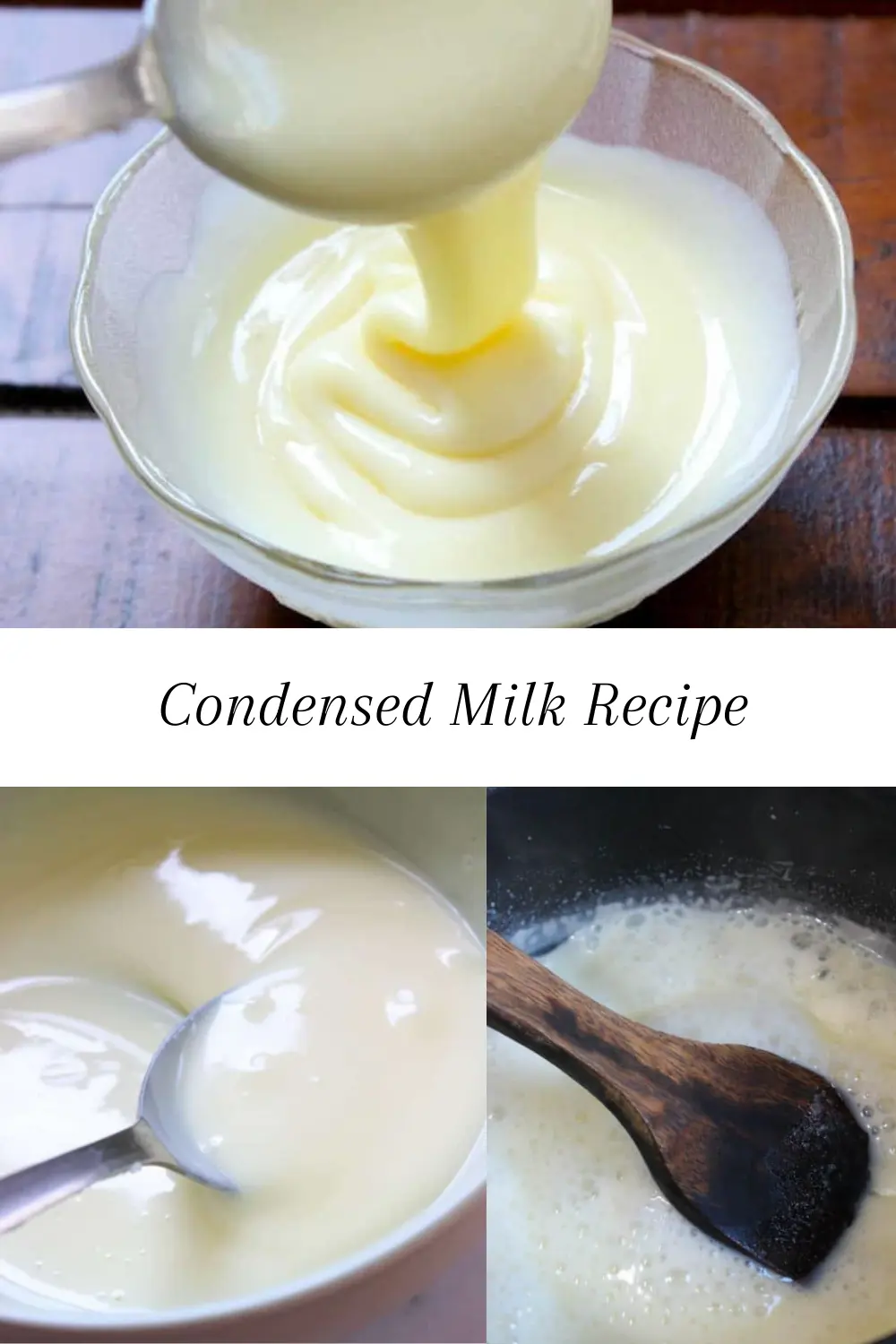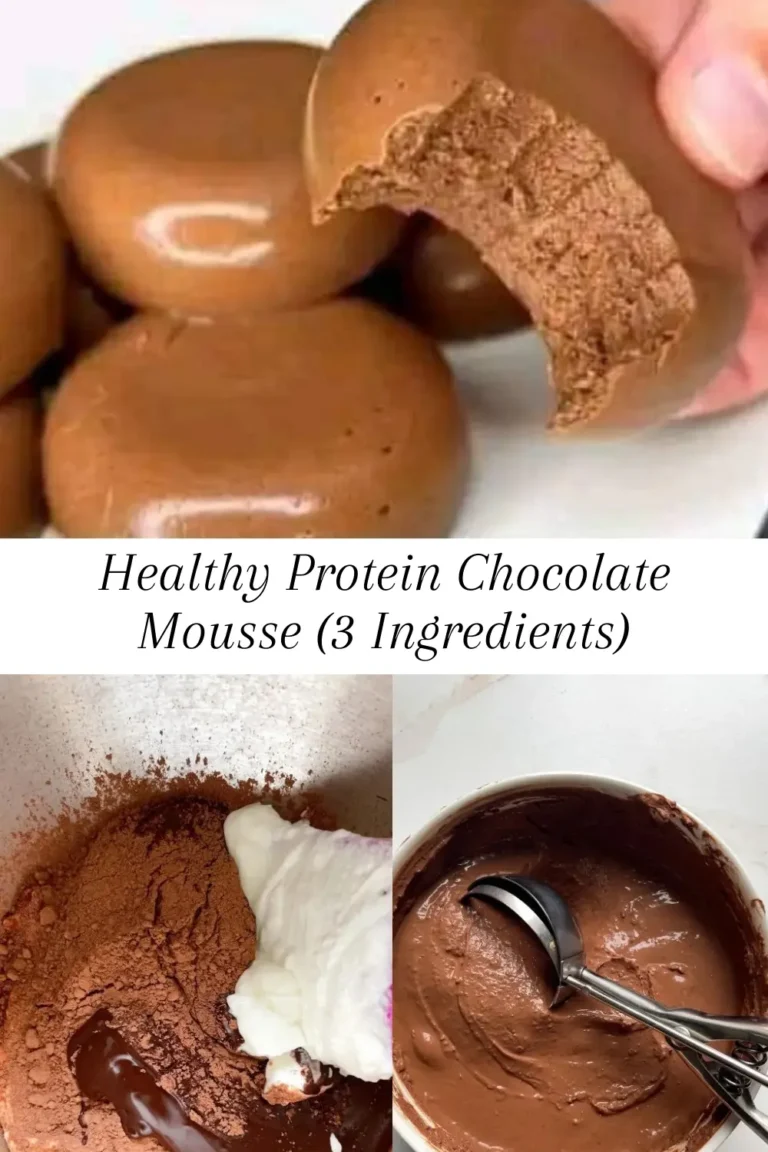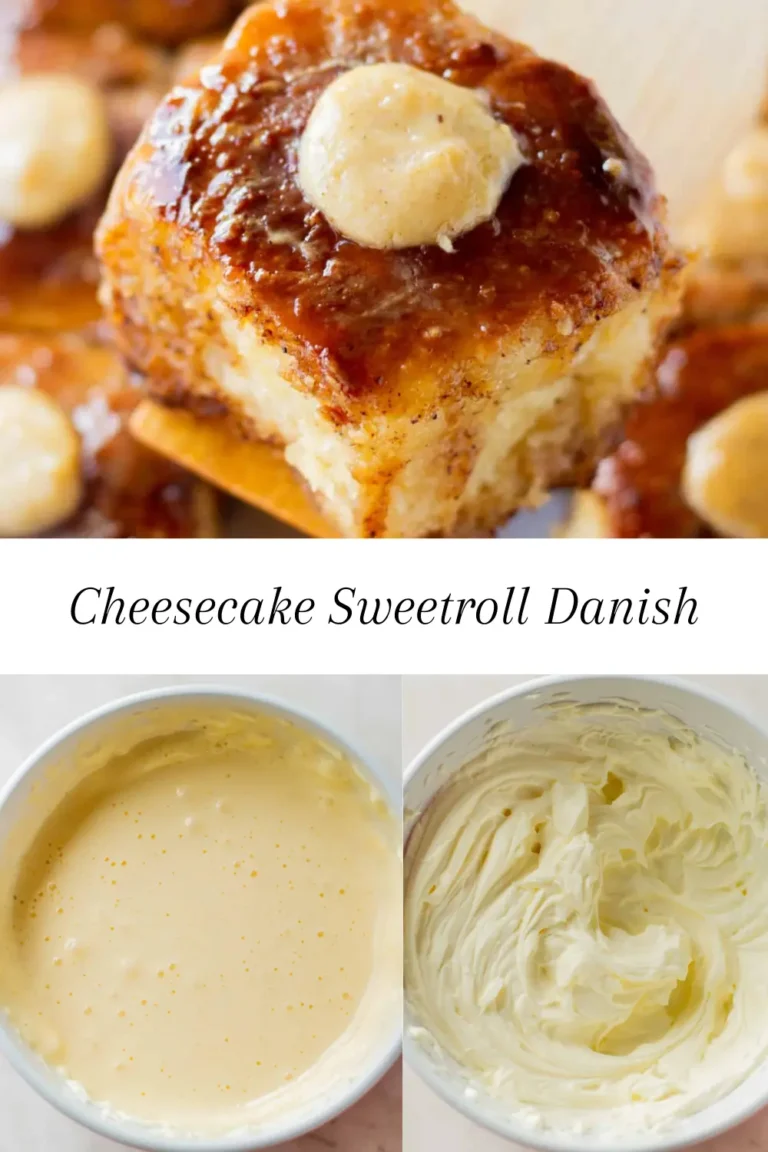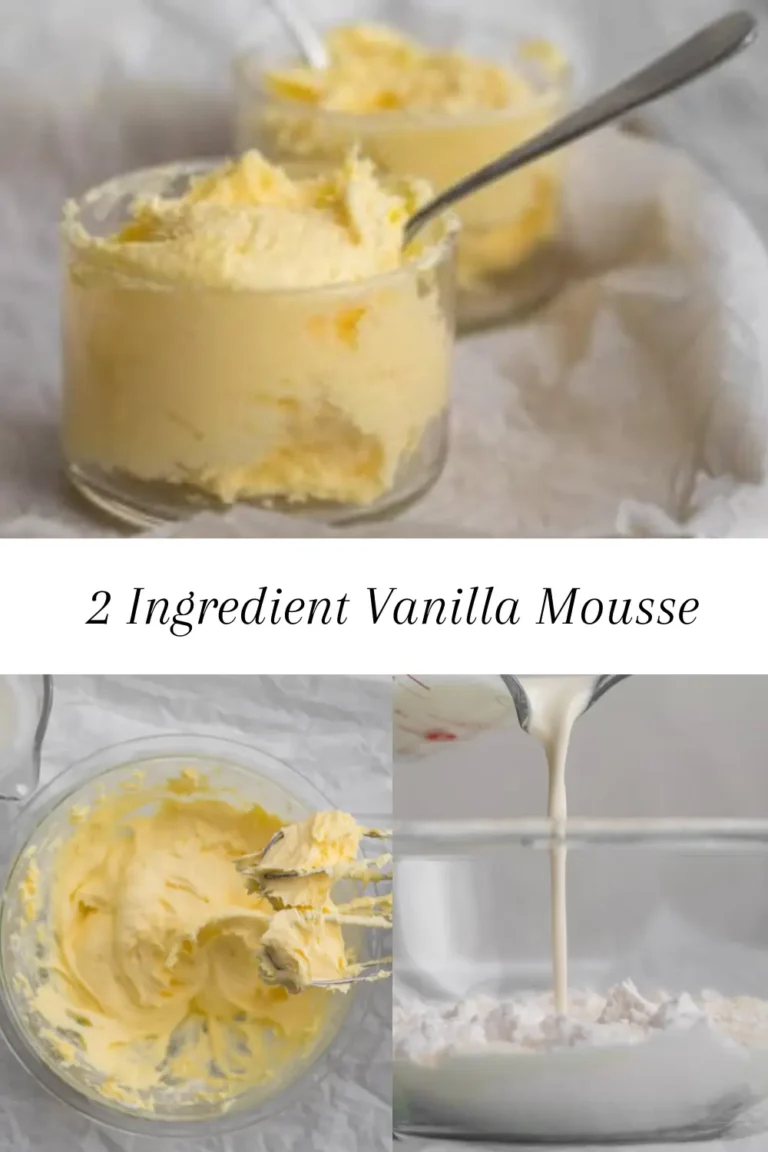Condensed Milk Recipe
The origins of condensed milk can be traced back to the 19th century, a time when civil society was rapidly transforming due to advancements in food preservation techniques. The process of removing most of the water content from milk led to the creation of a thick, sweet substance that could be easily transported and stored. Initially developed for military rations, condensed milk quickly gained popularity for its remarkable versatility and longevity. It found its way into households, serving as an essential ingredient in numerous recipes, from desserts to savory dishes.
This beloved ingredient has since woven itself into the culinary fabric of various cultures around the globe. In the southern United States, for instance, condensed milk is often a key component in sweet potato pies and pivotal to many traditional Southern desserts. Meanwhile, in Latin America and Southeast Asia, its creamy texture and sweet flavor elevate traditional beverages like Vietnamese iced coffee and Thai tea. Each region has embraced condensed milk, integrating it into local recipes, thus creating a rich tapestry of cultural expressions centered around this intriguing ingredient.
As we venture deeper into the world of homemade condensed milk, one can appreciate not only its historical significance but also the emotional ties it binds among families and friends, enhancing both simple everyday meals and special celebrations.
The Magic of Making Your Own Condensed Milk
Embarking on the journey to create your own condensed milk is an experience that transcends mere cooking; it is an enticing culinary adventure. The process begins simply, with two foundational ingredients: milk and sugar. As you combine these elements in a saucepan, you may notice the initial smoothness of the milk and the crystalline nature of the sugar. Gently heating this mixture over medium-low flame allows the sugar to dissolve slowly, creating a harmonious blend that foreshadows the sweet delight to come.
As the concoction warms, the magic unfolds. The steam begins to rise, filling your kitchen with a pleasant aroma reminiscent of freshly baked goods. This enchanting scent signals that your condensed milk recipe is taking shape. Stirring occasionally ensures even sweetness throughout, allowing you to witness the transformation happening before your eyes. The moment the mixture begins to thicken, a sense of accomplishment washes over you, a reminder of the effort you’ve put forth to achieve this culinary staple.
Timing is crucial during this process; staying attentive is key to developing the ideal consistency. Allow your mixture to simmer gently for about 30 to 40 minutes, stirring regularly until it coats the back of a spoon. The rich, creamy texture is a tell-tale sign of perfect condensed milk, which can be used in a variety of desserts or enjoyed in coffee. The color deepens, taking on a warm, golden hue that emphasizes the depth of flavor you have created. Experimenting with this condensed milk recipe will not only enhance your baking skills, but also bring an added layer of personal satisfaction to your kitchen endeavors.
So grab your ingredients and let the delightful process begin. The creation of homemade condensed milk is not just about the final product; it’s about the journey you take in your kitchen, where each stirring of the pot brings you closer to a unique accomplishment.
Versatile Uses for Your Homemade Condensed Milk
Homemade condensed milk is not just a delightful ingredient on its own; it serves as a versatile component in an array of culinary creations. The rich, creamy texture and sweet flavor can elevate both sweet and savory dishes. One of the most popular uses for this creamy concoction is in desserts. From cakes to cookies, adding homemade condensed milk can create moistness and enhance sweetness. For instance, incorporating it into a chocolate cake recipe guarantees a rich, fudgy texture that is hard to resist. Similarly, condensed milk is a fantastic addition to cookie dough, providing a chewy consistency that complements chocolate chips beautifully.
Special beverages also benefit greatly from the inclusion of homemade condensed milk. Classic drinks such as Vietnamese iced coffee or Thai iced tea are elevated with its creamy sweetness, making your experience notably richer. Additionally, it can be drizzled over fruit or blended into smoothies, offering a pleasing balance of flavors that will tantalize your taste buds.
Interestingly, the versatility of condensed milk extends to savory dishes as well. Creative cooks have discovered that it can be a fantastic base for creamy sauces or soups, lending a sweetness that can offset more robust flavors. In dishes like creamy chicken or pasta bakes, replacing traditional dairy with condensed milk results in a unique and tantalizing twist. Readers are encouraged to explore their culinary creativity and consider how homemade condensed milk can enhance traditional recipes or inspire entirely new creations. Whether for festive gatherings or everyday meals, this ingredient can transform ordinary dishes into delicious masterpieces.
As you venture into the world of cooking with homemade condensed milk, let your imagination guide you. The endless possibilities encompass everything from indulgent desserts to innovative savory meals, making this ingredient an exciting addition to your kitchen repertoire.
Storing and Preserving Your Condensed Milk Delight
Once you’ve perfected your homemade condensed milk recipe, the next step is ensuring it maintains its freshness and delightful flavor over time. Proper storage is crucial, as it can significantly influence both the quality and longevity of your delightful creation. Start by choosing the right container; airtight glass jars are often recommended due to their non-reactive nature and ability to preserve flavors. If glass is not available, BPA-free plastic containers can also serve the purpose. Ensure that you allow the condensed milk to cool completely before transferring it to the storage container to prevent condensation, which can impact texture.
Generally, homemade condensed milk can be stored in the refrigerator for up to two weeks. If you wish to extend its shelf life, consider freezing it. In this case, divide the milk into smaller portions, as thawing and refreezing can compromise quality. For freezing, use freezer-safe containers or silicone ice cube trays, which allow for easy portioning. When you’re ready to use frozen condensed milk, simply thaw it in the refrigerator overnight for the best results.
In addition to storage methods, you might find yourself with extra condensed milk after completing a recipe. Don’t let it go to waste; this versatile ingredient can be repurposed in various desserts, such as fudge, ice cream, or even in coffee for a creamy infusion. To keep your culinary creative juices flowing, consider exploring different recipes that utilize this sweet treat. The science behind proper storage likewise emphasizes the importance of temperature control and moisture reduction to discourage bacterial growth and maintain flavor integrity. Ultimately, by following these guidelines, you will successfully extend the life of your homemade condensed milk, allowing you to enjoy its sweetness over an extended period.
Ingredients
- 1 Cups (300 ml) Full Fat Milk (even 2% works)
- 2 Cup (50 gms) Granulated
- a pinch Baking Soda
Instructions
- Pour milk to a thick bottomed and wide sauce pan over medium-high heat. Wide sauce pan will help to reduce the milk faster. Add the sugar in.
- Allow milk to come to a boil. Whisk or keep stirring with a spatula at frequent intervals to avoid milk from sticking to the bottom of pan. After first boil, reduce the flame to medium for 2-3 minutes and stir continuously, so that the milk doesn’t boil over.
- Now you can turn the flame to med-high again. But take care to stir this mix continuously, so it doesn’t stick to the bottom of your pan or doesn’t boil over at any point of time.
- Never walk away from the pan and if you notice the milk is boiling a bit too much or is starting to stick to the bottom of pan, reduce the flame and continue to stir.
- Idea is to allow the milk to boil continuously till it thickens. Milk should continuously be boiling and bubbling. This process will take about 15-25 minutes. Milk will be fairly thick after 15-17 minutes of time has passed (Mine takes about 20 minutes).
- Switch the flame off once milk has thickened and add a pinch of baking soda to it.
- Keep stirring in intervals as the milk is cooling. This will prevent the prepared milk from forming a layer on top.
- Allow it to cool down to room temperature. Milk will thicken a bit more as it cools. Store in a clean jar!







